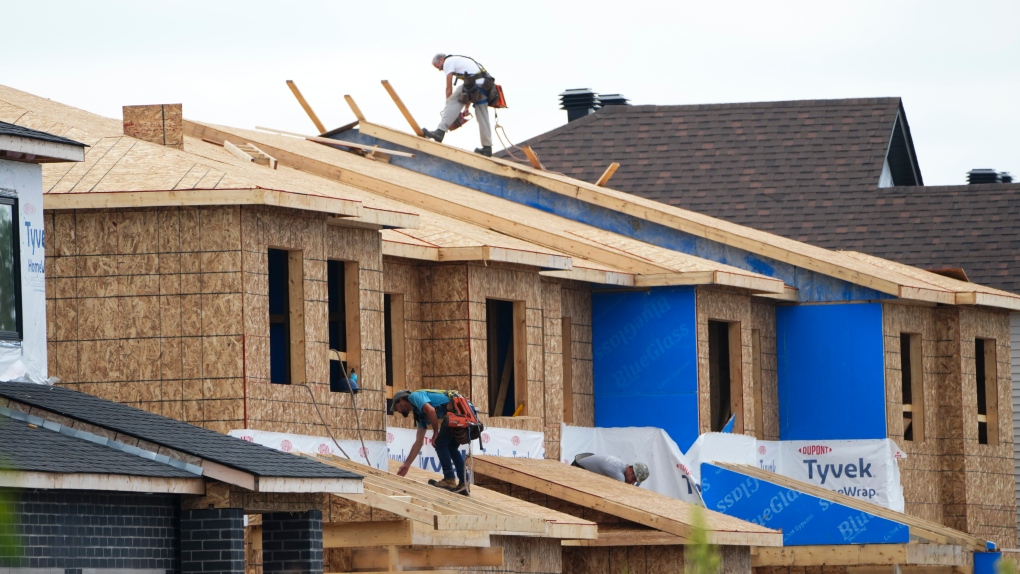A recent report from the Canadian Centre for Policy Alternative shows that new housing construction is at a lower level today than it was at the worst point of the COVID-19 pandemic economy shutdown.
According to the report published on Wednesday, there has been a significant decline in investment in various housing sectors from April 2020, the height of the pandemic economy shutdown. For instance, investment in new single-family homes has decreased by 21 per cent, investment in new row home construction is down by eight per cent, and investment in new apartment construction has seen a two per cent decrease.
The report highlights that the situation becomes notably more “dire” when compared to February 2022, when interest rate hikes started.
Investment in single-family homes has experienced a 36 per cent decline, while semi-detached houses have seen a 27 per cent drop. New row home construction showed a relatively modest decline of two per cent, while apartment building construction suffered a 19 per cent decrease, according to the report.
The report indicates that compared to the first quarter of 2022, new home construction investments are down 17 per cent, renovations have decreased by 21 per cent and ownership transfer costs have fallen by 28 per cent.
On the other hand, the report found that the real GDP hasn’t grown at all between January and July 2023, largely due to the significant decline in residential investment.
The report’s author, David Macdonald, cautiously predicts that the situation is set to deteriorate further.
“The Bank of Canada estimates that the worst impacts of rate increases take two years to hit the housing sector and the housing sector is the main vehicle for rate hikes to hit the economy. Right now, it has been 18 months since the first rate increases, but most of the bigger rate increases have occurred in the past 12 months—so the worst is yet to come.” Macdonald said in a press release.
The Bank of Canada raised interest rates from 0.25 per cent to 0.5 per cent in March 2022, then to one per cent in April. Rates increased rapidly throughout the summer, reaching 3.25 per cent by September 2022.
According to the report, while there was a brief increase in new construction, especially in row houses and apartments, during the summer of 2022, all major housing unit types saw declines by the end of the summer.
The Bank of Canada has raised its key interest rate a total of ten times since March 2022, taking it from near-zero to its highest level since 2001, now standing at five per cent.
Given the higher interest rates, Macdonald said governments need to shift their focus to filling in for the “missing private sector” investments in housing construction.
“This isn’t a time for more private incentives—it’s time to get your hands dirty. The federal government can and should be directly building non-market housing, or buying and converting units to non-market rent. They could build them directly or provide 0 per cent mortgages to non-profit providers to do it. These are longer term solutions and unfortunately, building takes time. It can easily take ten years from land acquisition to people moving in, five years if the stars align.” Macdonald said.
The report highlights that rising interest rates have the most significant impact on housing related sectors like construction, renovations, homeownership transfer, as well as industries tied to major purchases financed through loans, such as for vehicles. Businesses in the housing construction field also often accumulate large debt while completing a project prior to its sale.
Reporting for this story was paid for through The Afghan Journalists in Residence Project funded by Meta.









































